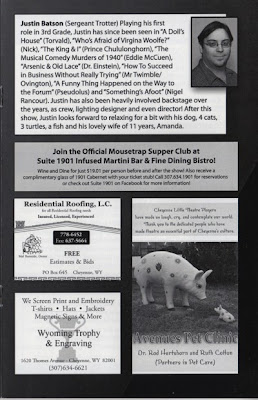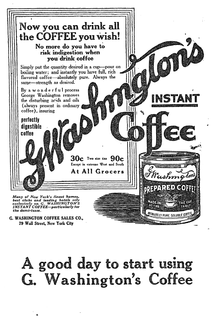

(Rear cover)
I have one issue of this magazine, the Nov/Dec 1987 issue. It's volume 1, issue 3. And I wonder if it folded after that, because I can't find any mention of it anywhere! It doesn't have an entry at Wikipedia, nor did it come up via a Google Search.
The description in the mag is:
Computers in Science [ISSN 0893-1909] is a magizene dedicated to exploring diverse ways scientists and researchers are using computers in universities, government, and R&D laboratories.
Computers in Science is published bi-monthly by CW Communications/Peterborough Inc., a division of IDG Communications, Inc.
(The rest of the info is just addresses.)
Cost wad $3.95 in US, Canada $4.95.
Guest editorial in this issue was A. G. W. Cameron.
Cameron was a pretty big wig even at this time. Here's his Wikipedia bio:
Alastair G. W. (Graham Walter) Cameron (born 21, June 1925 in Winnipeg, Manitoba, Canada; died 3 October 2005 in Tucson, Arizona, USA) was a Canadian astrophysicist and space scientist who was an eminent staff member of the Astronomy department of Harvard University. Cameron, the son of a Canadian biochemist, was born in Winnipeg. He earned his undergraduate degree from the University of Manitoba, and a doctorate from the University of Saskatchewan. In 1959 he emigrated to the USA, where he held academic positions at the California Institute of Technology, the Goddard Institute for Space Studies, and at Yeshiva University. In 1973 he became a professor of astronomy at Harvard University and remained there for 26 years. From 1976 to 1982 he was chairman of the Space Science Board of the National Academy of Sciences. He pioneered the theory of stellar nucleosynthesis – the production of chemical elements in stars. He was also the first to theorize that the formation of the Moon was the result of an extraterrestrial impact on the early Earth by an object at least the size of Mars.
Cameron died on October 3, 2005, from heart failure. He was 80 years old. Five days before his death, there was the announcement that Cameron would receive the 2006 Bethe Prize for his work on nuclear astrophysics, which was then 50 years old, but still the basis of current research.
Publisher: George Laughead
Editor: Charles D. Weston
Senior Editor: Michal J. Comendul
Managing editor: Bud Sadler
Science Editor: John Root, PhD
Art Director: Phyllis Pittet
Table of Contents
Features
Computer Modeling and Imaging Underwater
NSFnet Links Scientific Community
Colums
Networking: Modeling the Monitor (USS Monitor, first ironclad)
Expert Systems: Breaking the Expert Systems Bottleneck
Spreadsheets: Fitting Curves and Plotting Functions with 1-2-3
Reviews
StatGraphics 2.1
UnkelScope
Eureka
Departments
Editorial: The Number Crunching REvolution
News
Field Notes
Q&A, by Philip I. Good
Advertiser Index
























































